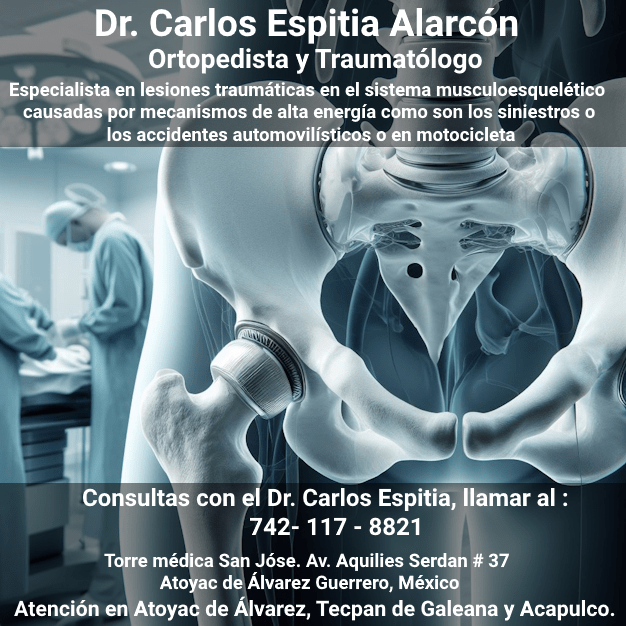Direct Conversion of Human Fibroblasts into Schwann Cells That Facilitate Regeneration of Injured Peripheral Nerve In Vivo
Fuente
Este artículo es originalmente publicado en:
http://stemcellstm.alphamedpress.org/
http://onlinelibrary.wiley.com/doi/10.1002/sctm.16-0122/abstract
De:
Sowa, Y., Kishida, T., Tomita, K., Yamamoto, K., Numajiri, T. and Mazda, O. (2017), Direct Conversion of Human Fibroblasts into Schwann Cells That Facilitate Regeneration of Injured Peripheral Nerve In Vivo. STEM CELLS Translational Medicine. doi:10.1002/sctm.16-0122
Todos los derechos reservados para:
Copyright © 2017 by AlphaMed Press
Abstract
Schwann cells (SCs) play pivotal roles in the maintenance and regeneration of the peripheral nervous system. Although transplantation of SCs enhances repair of experimentally damaged peripheral and central nerve tissues, it is difficult to prepare a sufficient number of functional SCs for transplantation therapy without causing adverse events for the donor. Here, we generated functional SCs by somatic cell reprogramming procedures and demonstrated their capability to promote peripheral nerve regeneration. Normal human fibroblasts were phenotypically converted into SCs by transducing SOX10 and Krox20 genes followed by culturing for 10 days resulting in approximately 43% directly converted Schwann cells (dSCs). The dSCs expressed SC-specific proteins, secreted neurotrophic factors, and induced neuronal cells to extend neurites. The dSCs also displayed myelin-forming capability both in vitro and in vivo. Moreover, transplantation of the dSCs into the transected sciatic nerve in mice resulted in significantly accelerated regeneration of the nerve and in improved motor function at a level comparable to that with transplantation of the SCs obtained from a peripheral nerve. The dSCs induced by our procedure may be applicable for novel regeneration therapy for not only peripheral nerve injury but also for central nerve damage and for neurodegenerative disorders related to SC dysfunction. © Stem Cells Translational Medicine 2017.


